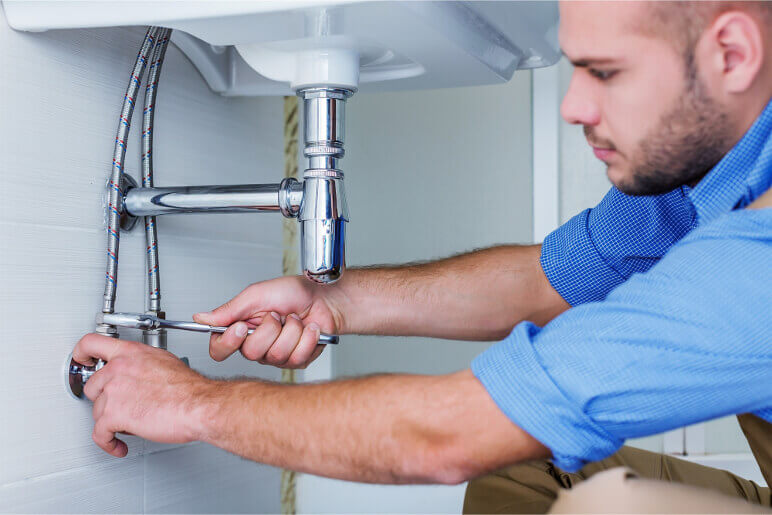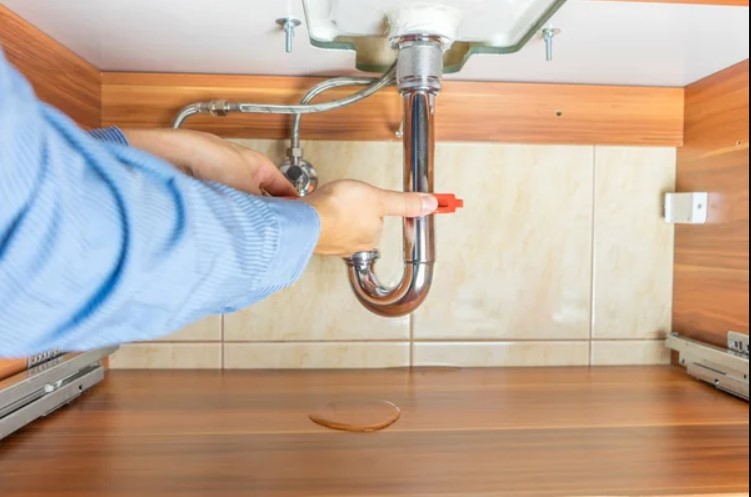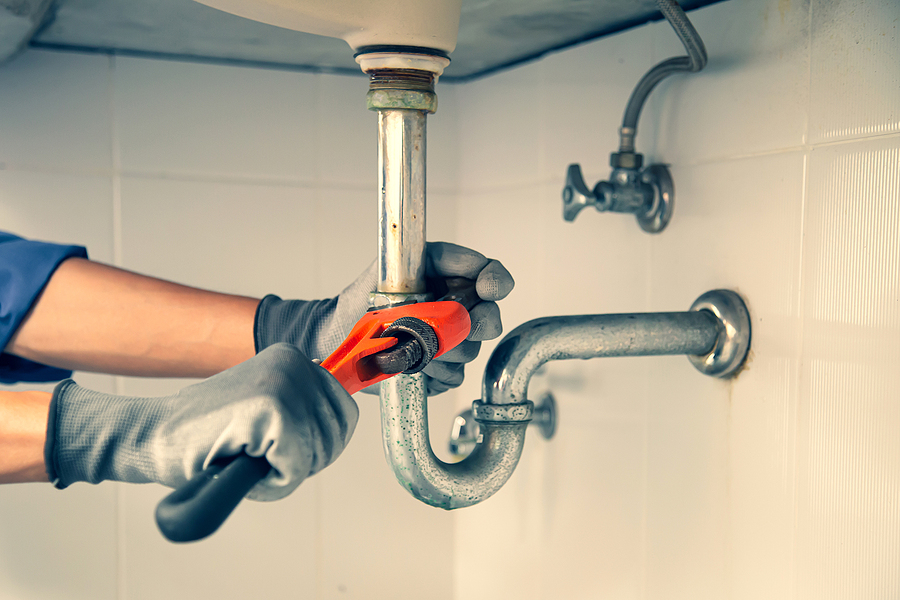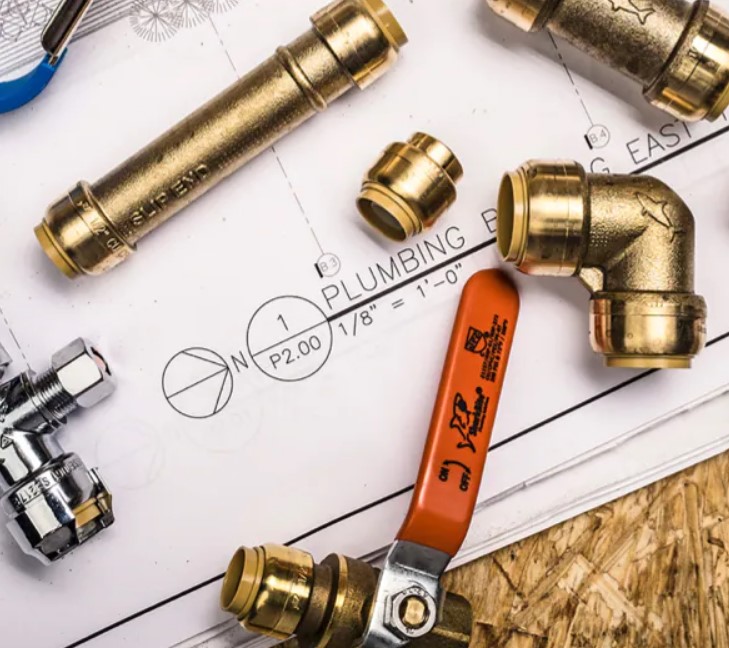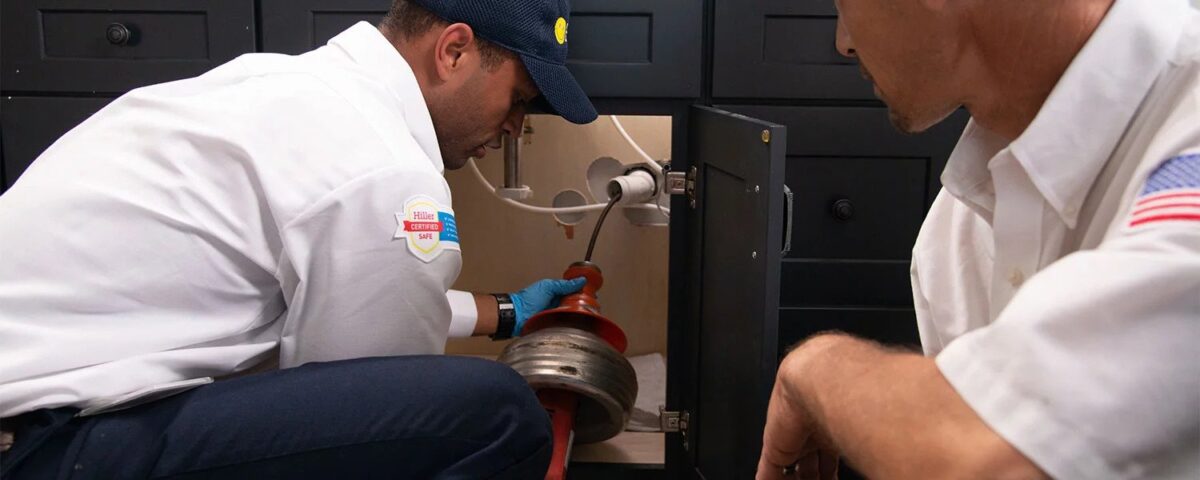Signs That Your Sewer Line is Due for a Repair
The Sewer line is one of the most important parts of your home’s plumbing system. It is responsible for transporting wastewater from your home to the municipal sewer system or septic tank. A sewer line can last for many years, but it is not immune to damage and deterioration. Here are some signs that your sewer line is due for a repair: There is sewage backup in your home. This is the most obvious sign that there is a problem with your sewer line. If sewage is backing up into your home through drains or toilets, it means that there is a blockage or break in the sewer line. There is a gurgling sound coming from your drains. This could be an indication of a partial blockage in the sewer line. If the blockage is severe, you may also hear bubbling noises. Your drains are draining more slowly than usual. This is another common sign of a partial blockage in the sewer line. If you notice that it is taking longer for water to go down your drains, it is likely that there is a clog somewhere in the sewer line. Your toilet is flushing oddly. If your toilet is making strange gurgling noises or the water level in the bowl is rising and falling abnormally, it could be a sign that there is a blockage in the sewer line. If you notice any of these signs, it is important to contact a professional plumber as soon as possible. A plumber will be able to diagnose the problem and make the necessary repairs.
Unusual odors coming from your drains
If you notice an unusual odor coming from your drains, it could be a sign of a problem. The odor could be caused by a build-up of bacteria or other debris in the drain. If the odor is strong, it could be a sign of a sewage leak. If you notice an unusual odor coming from your drains, you should contact a plumber to have the problem investigated.
Gurgling noises coming from your drains
usually indicate a clog somewhere in the system. These noises occur when air bubbles become trapped in standing water and are then forced up through the drains. The gurgling noise is actually the sound of the air bubbles escaping.
Water backing up into your sinks or tubs
can be caused by clogged pipes, a partial blockage, or a full blockage. When this water starts to build up, it can cause your drains to back up as well. This can create a very unpleasant smell and can even lead to flooding if the problem is not fixed quickly. If you are experiencing this issue, there are a few things that you can do to try and fix the problem.
1. First, try to identify where the blockage is located. This can be done by running water down each drain and seeing which one backs up first. If you have a double sink, you may want to try running water down both sides at the same time to see which one backs up first.
2. Once you have identified the location of the blockage, you will need to remove it. This can be done by using a plunger or a plumbers snake. If you are not able to remove the blockage yourself, you may need to call a plumber.
3. Once the blockage has been removed, you will need to flush your pipes with hot water. This will help to remove any debris that may be left behind.
4. If you have a septic tank, you will need to have it pumped out every few years. This will help to prevent any backed up water from entering your home.
5. You should also make sure that you do not have any leaks in your plumbing. This can be done by checking all of your fixtures and pipes for any leaks. If you find any, you will need to have them repaired as soon as possible.
6. Finally, you should always make sure that you are using proper drainage techniques. This means that you should not put anything down your drains that could cause them to become blocked. This includes things such as grease, hair, food, and even coffee grounds.
Slow drains
are a common plumbing problem. Plunging the drain may be all that is necessary to clear it, but sometimes you need to go a little further. If your plunger does not work, try a plumbers’ snake, which is a small, flexible tool that can be fed down the drain to clear the clog without damaging the pipes.
Multiple clogged drains
If you have multiple clogged drains, the best course of action is to call a professional plumber. While there are some do-it-yourself methods you can try, they may not be effective and could end up damaging your pipes. Plumbers have the tools and experience to quickly and efficiently clear your drains without causing any damage.
Raw sewage backing up into your home
– The Main Causes Raw sewage backing up into your home is a nightmare scenario for any homeowner. But what are the main causes of this problem? And what can you do to prevent it from happening? The most common cause of raw sewage backing up into homes is a blockage in the sewer line. This can be caused by a variety of things, including tree roots, grease, and debris. If the blockage is severe enough, it can cause the sewage to back up and overflow into your home. Another common cause of sewage backups is a failure of the septic system. This can be caused by a variety of factors, including a clogged septic tank, an overloaded leach field, or a broken pump. If the sewage backs up into your home, it can be a very messy and dangerous situation. If you suspect that your home is at risk for a sewage backup, there are a few things you can do to prevent it. First, make sure that you have your sewer line inspected regularly. This will help to identify any potential blockages before they become a problem. Second, make sure that your septic system is properly maintained. This includes having it pumped out every few years and ensuring that it is not overloaded. Third, be sure to keep an eye on your plumbing. If you see any signs of a leak, such as water stains on the ceilings or walls, be sure to call a plumber right away. Finally, if you do experience a sewage backup, be sure to call a professional plumber immediately. This is the best way to ensure that the mess is cleaned up properly and that your home is safe.

